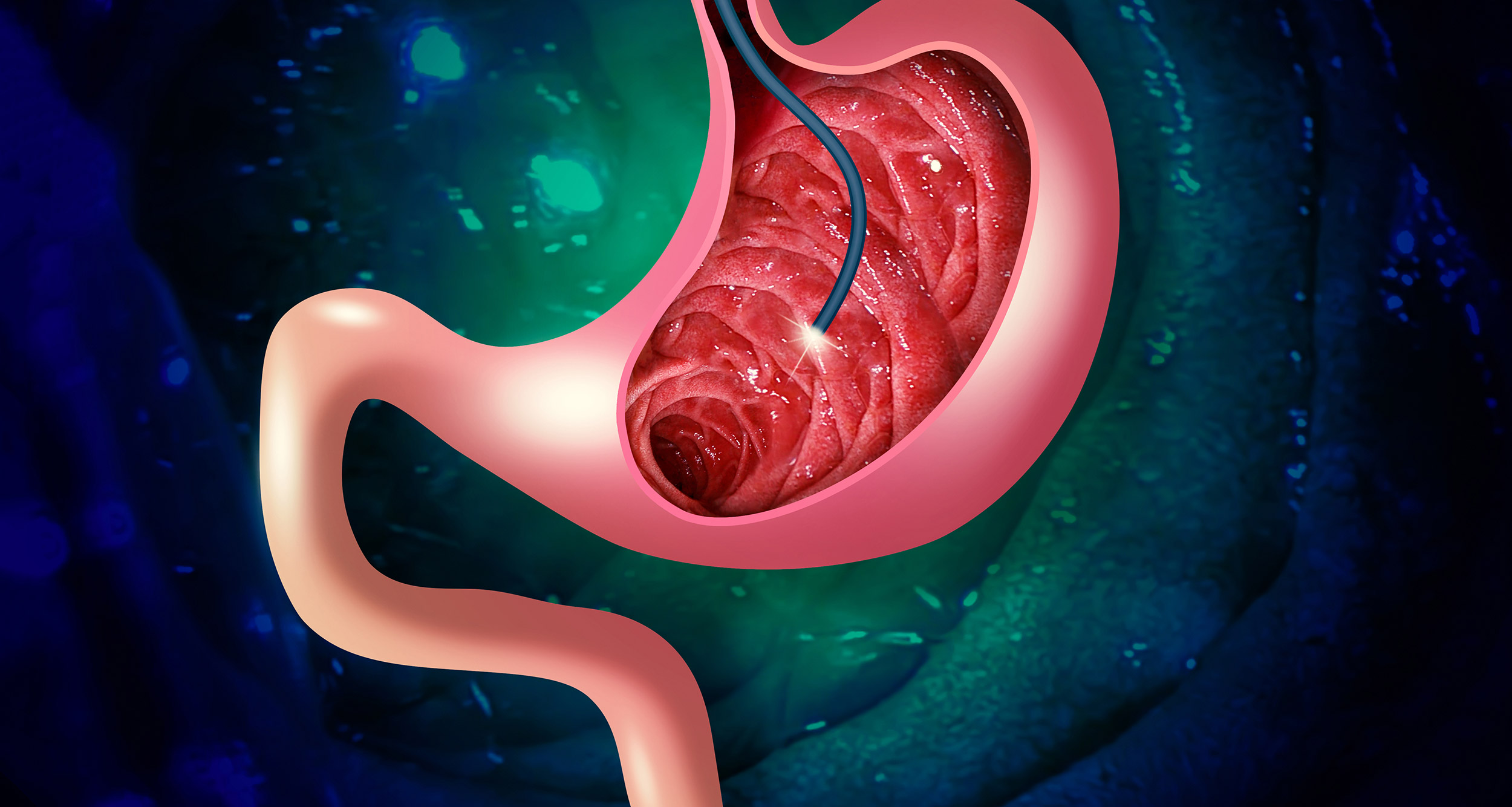
It takes an experienced endoscopist approximately 10 ERCP procedures to achieve proficiency with a single-use duodenoscope.
That’s a conclusion drawn from research presented in October at ACG 2022 Annual Scientific Meeting in Charlotte. Dr. Nasir Salem presented a poster sharing his findings at the conference.
The poster also found that procedure-related complications with single-use scopes were consistent with those expected with reusable duodenoscopes, and the need to switch from a single-use duodenoscope to a reusable one did not appear to be related to the learning curve. Lastly, these findings “can be used to guide adoption of single-use duodenoscopes into clinical practice,” according to Salem.
A reusable duodenoscope was needed to complete the procedure only four times — meaning the single-use scope could successfully complete the ERCP 87 percent of the time.
The researchers aimed to “characterize” the learning curve for single-use duodenoscopes to “ensure the adoption of these innovative devices in a safe and thoughtful manner.” The retrospective review of data included 31 patients who underwent an ERCP by an experienced physician with a single-use duodenoscope at a single tertiary referral center.
Six of the patients had a native papilla and the majority of cases were scored ASGE complexity level 2 or above.
Learning curve was defined as the number of cases needed to achieve proficiency. The number of attempts to cannulate and time to cannulation were also recorded.
In April 2022, the U.S. Food and Drug Administration updated a safety communication on duodenoscopes and recommended that hospitals and endoscopy facilities “complete transition to innovative duodenoscope designs” due to concerns about reprocessing and patient cross-contamination.
“The best solution to reducing the risk of disease transmission by duodenoscopes is through innovative device designs that make reprocessing easier, more effective, or unnecessary,” according to the communication.


